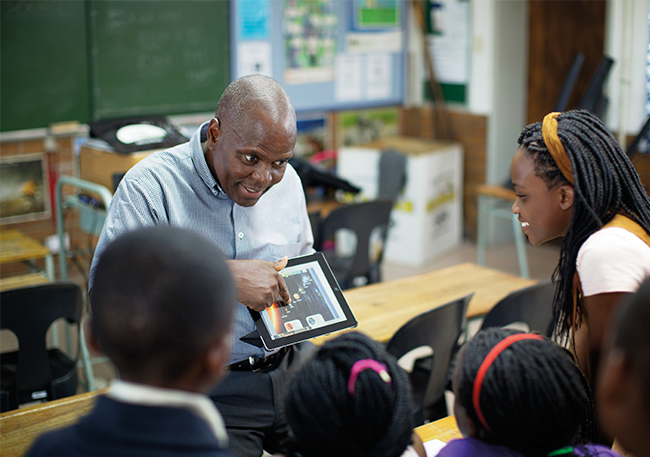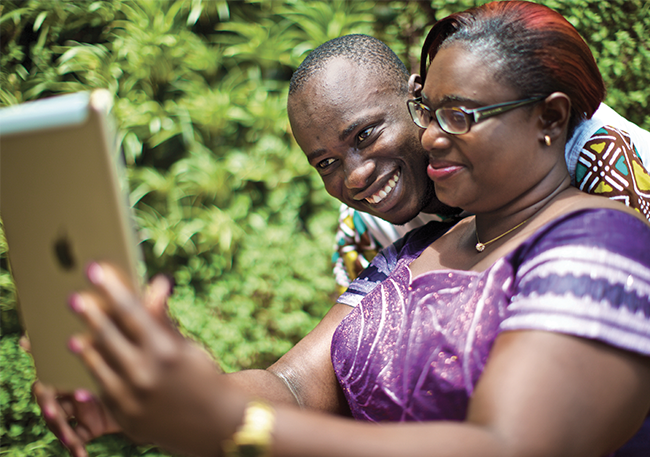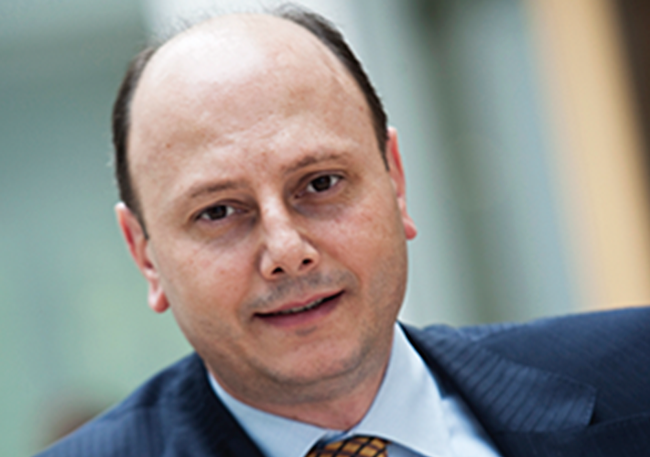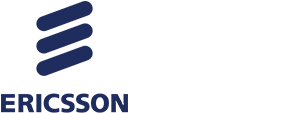The global Sustainable Development Goals (SDGs) cannot be achieved without affordable and universal access to ICTs and broadband connectivity. This was the finding of members of the Broadband Commission who met on the eve of the opening of the 71st session of the UN General Assembly in September.
Currently, more than half of the global population are not yet using the internet and large differences in terms of speedy service and quality exist. As at December 2015, only 20% of sub-Saharan Africans had access to the internet.
A recent report by the UN Broadband Commission for Sustainable Development states that globally, approximately 3.9 billion people are not using the Internet. The research estimates that China, India, Indonesia, Pakistan, Bangladesh and Nigeria account for 55% of all unconnected people.
These findings suggest that targeted efforts in just a few key markets could help significantly in redressing the gaping ‘digital divide’ between those who are online and those still offline.
Understanding the challenges and opportunities
To drive global ICT expansion, there is the need to set ambitious and achievable targets. The International Telecommunication Union’s (ITU) Connect 2020 agenda states that by 2020, in excess of 50% of individuals in the developing world will use the internet.
Considering that a huge part of the global population lives in this region, this poses an enormous challenge but also an opportunity. To meet the Connect 2020 requirements, we will need to provide internet to more than 700 million new subscribers between now and 2020. This is equivalent to connecting 500 000 new users to the internet each day via mobile broadband.

The difficulty is that the average revenue per unit (ARPU) is rather low for many of these 700 million users. It can vary between US$1 and US$10 depending on region and country, and this sets new requirements on what a cost-efficient mobile broadband solution is. Nevertheless, role players in this industry must find the solutions to capture the opportunity to grow with 700 million new subscribers.
The challenge of providing mobile broadband to these new subscribers can be split into three tracks, with enabling solutions from Ericsson. Firstly, improving the mobile user experience for those in underserved areas. An example that illustrates the difference in consumer experience with and without mobile broadband is that the typical average web download is easily 20 times faster with 3G than with 2G. Hence, the most straightforward way to improve consumer experience is to upgrade GSM networks and let performance improve-ment enable and drive data usage and growth.
Secondly, ensuring sustainable coverage and subscriber growth with innovation for underserved users. Today, there are hundreds of thousands of GSM-only sites that need to be upgraded to 3G and 4G. Which sites shall an operator start with to connect the largest groups of subscribers that can benefit from 3G services? Ericsson has the methods and tools to find the sites that make the biggest difference to people and operators.
Thirdly, building mobile broadband coverage in a cost-efficient and profitable way. The mobile broadband solutions that are built on 3G and 4G need to be robust, simple to operate and cost efficient. Therefore, today we present new cost-efficient radios, cabinets and backhaul solutions specifically designed for developing markets such as sub-Saharan Africa.
Investing in solutions that make a difference
As governments met at the UN General Assembly to discuss progress on the SDGs, Ericsson announced a set of solutions to help bridge the digital divide and bring mobile broad-band coverage to the remaining 3 billion people who are underserved or without mobile broadband access.
The new suite of solutions – which includes software and hardware additions to the Ericsson radio system – provide the capabilities needed to reduce the total cost of ownership by up to 40% when rolling out Ericsson’s total site solution for mobile broadband. This makes investments in low-ARPU markets viable.
Complementing the deployment of the solutions are new unique mobile broadband tools that allow operators to identify the sites in a GSM/EDGE coverage area with the highest number of users who already own internet-ready devices. Operators can then determine where it makes more sense to convert those sites first to HSPA or 4G/LTE, so that the greatest number of people will enjoy the benefits of mobile broadband.
The new solutions address the significant divide in internet adoption between developed and developing countries: only four out of 10 people in developing countries are connected to the internet. These solutions are also energy efficient, taking into consideration a significant challenge in some developing markets.
As at 2015, GSM/EDGE still accounted for close to 70% of the total mobile subscriptions in sub-Saharan Africa. These energy-efficient suites of solutions will enable operators to seamlessly identify underserved communities in the region, making it faster to introduce or improve the mobile broadband experience of their subscribers.
This will create new opportunities in far flung areas in the region, providing access to new services such as mobile money, e-health, e-education and e-government, thereby transforming the way people play, learn and do business.
In summary, with these solutions, operators can improve user experience by up to 20 times by upgrading the GSM networks and allowing the performance to drive data consumption.
Our solutions also provide the methods and tools to find the sweet spots and invest where it makes a difference to the largest groups of users, which enables an accelerated deployment pace due to faster return on investment.
Finally, these solutions reduce total cost of ownership by up to 40% when rolling out Ericsson’s total site solution for mobile broadband. These are substantial additions to the company’s mobile broad-band coverage product portfolio targeted at securing the next 700 million mobile broadband users by 2020.
The role of partnerships
A recent report by Ericsson and the Earth Institute at Columbia University on the impact of ICT on sustainable development calls on governments to harness technology, investment and new types of partnerships to meet the goals.
The study indicates that even though ICT has a direct impact on meeting the goals by 2030, three supporting aspects need to align before ICT can deliver transformational change at the pace and scale required: an enabling policy framework; strong public-private partnerships; and sufficient public and private investment.

As per the ITU’s 2020 targets, Ericsson will continue to innovate and develop technology to move this agenda forward, as well engage relevant stakeholders to support the deployment of ICT, ensuring that the dividends are being enjoyed across the region.
Johannesburg, South Africa office
148 Kelvin Drive,
Woodmead, Johannesburg
Tel: +27 (0)11 844 2000
Fax: +27 (0)11 844 2001
www.ericsson.com



